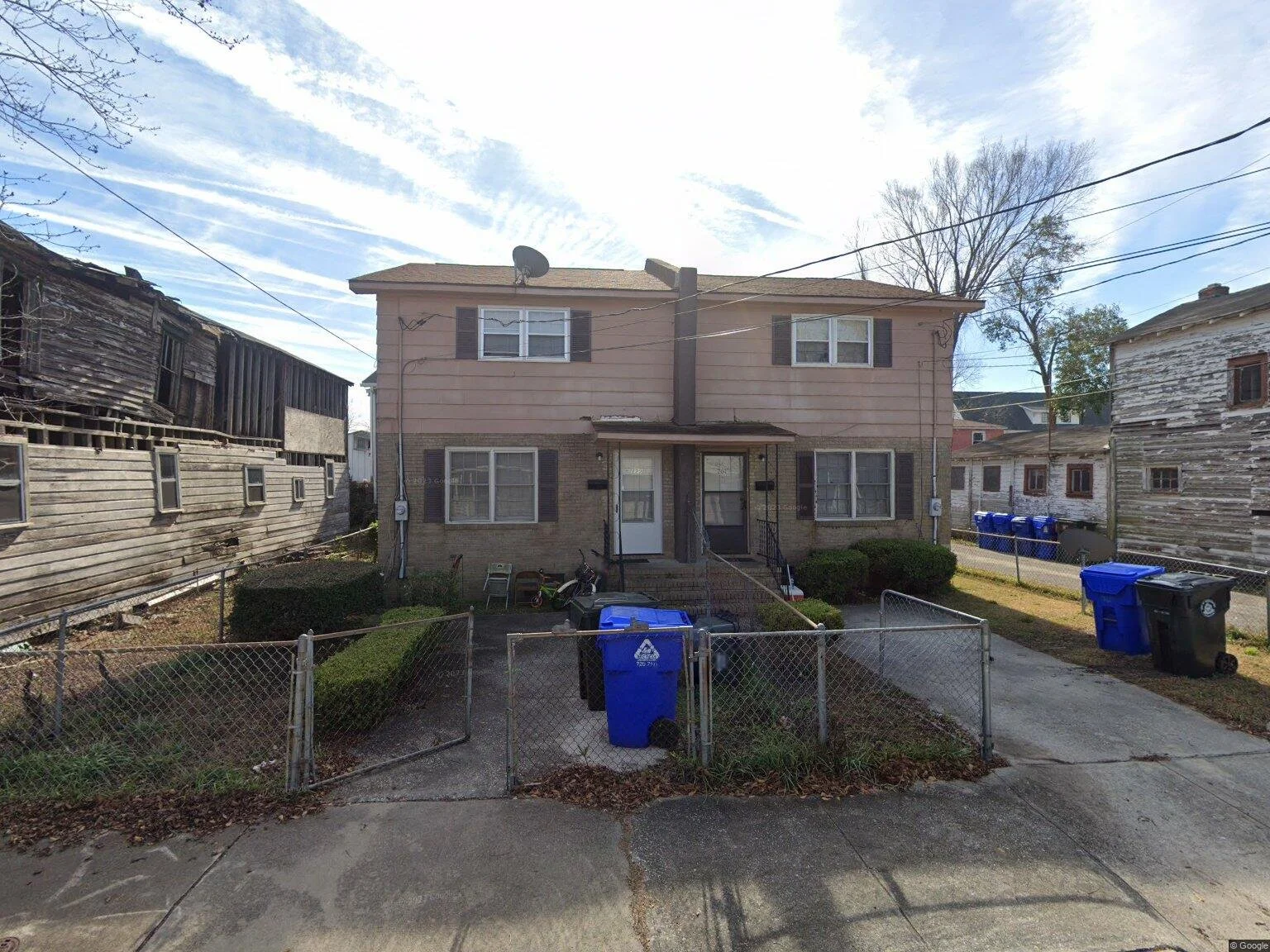Case Study: CRH’s Haunted Duplex Flip
Project Overview
Snapshot: Bought for $600,000, put in $162,000, sold for $990,000 in 7 months.
This one earned its name: the Haunted Flip. Despite strong underwriting, spooky, unforeseen issues kept popping up—communication misses, scope creep, a failed first contract, and relist drag. This is a lesson-first case study.
Location: Charleston, SC
Timeline: 6 months (Start: May 2025 • Finish: October 2025)
Objective: Purchase, renovate, and sell a duplex for maximum ROI
Step 1: Acquisition
Finding the Right Property (MLS)
There are still deals on the MLS—you just need to make offers and know what to look for.
Charleston Revival’s “What We Filter For” Checklist:
Multiple price drops
Extended days on market
Back on market
Temporarily off-market
Expired listings
FSBO
Plus: “no mortgage” property after prospecting
Purchase Price: $600,000
Key considerations: Location, structural integrity, neighborhood comps, duplex layout efficiency, and exit scenarios.
Step 2: Renovation Strategy
Planning for ROI (and Handling Surprises)
Full reno across both units. Then the hauntings:
Added $15,000 to fix a supposedly “new” roof
Electrical & plumbing swung over budget
Fencing became an unaccounted cost after the major scope
Coordination gaps between GC and subs caused rework and delays
Scope highlights:
Kitchens + bathrooms modernized (both units)
Open-concept living where feasible
Energy-efficient windows/appliances
Fresh exterior paint, landscaping, and new fencing for clean access lines
Total Renovation Cost: $162,000
Step 3: The Sale
Marketing & Closing (Momentum Matters)
Listed at $1.1M, which represented max ARV based on comps and price per square foot. In hindsight, we should’ve trusted our gut and listed 3–5% below max ARV for a faster sale and smoother close.
Initial contract fell through due to GC misrepair/miscommunication
Back on market → momentum loss
Fence/survey discrepancy slowed traction
Closed at $990,000 with $35,000 in seller credits
What Haunted Us (and What We Learned)
1) Pricing Hubris Hurts.
Stretch-listing above duplex comps cost momentum. Price to the market you have, not the one you want.
2) Communication ≈ Cost Control.
Most budget blowups trace back to unclear direction or missed accountability between GC ↔ subs. Write it down. Timestamp it. Confirm it.
3) Plan for Phantom Costs.
“New” roof? Still needed $15K. Fencing, grading, and legacy MEP issues materialize post-demo. Carry a contingency that’s real, not aspirational.
4) MLS Is Still a Gold Mine.
No-cost acquisition channels (MLS) work when you filter hard and move decisively: multiple drops, DOM, BOM/TOM, expired, FSBO, and “no mortgage” flags.
5) Momentum Is a Moat.
Once you relist, you’re fighting uphill. Reposition quickly (price, narrative, photography, issue resolution) or bleed time and finance costs.
Key Takeaways
Smart Acquisition: MLS listings are no-cost acquisitions if you filter aggressively and make disciplined offers.
Focused Renovations: Invest in quality general contractors and document everything to avoid rework.
Efficient Execution: Timelines and budgets matter—track both closely and assume surprises.
Marketing Matters: Duplex-listing best practices and realistic pricing protect momentum and widen buyer interest.




